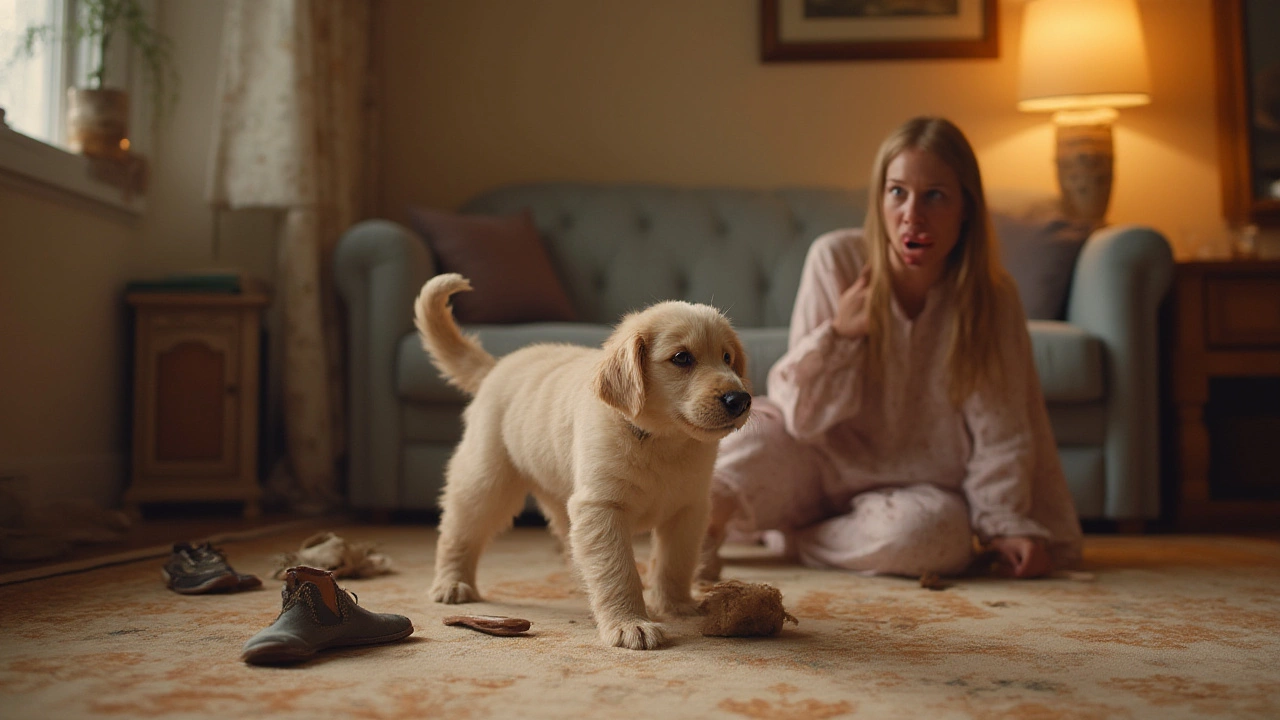New Puppy Tips: Essential Advice for First‑Time Owners
Welcome to the world of puppy ownership! If you’re holding a wiggly bundle of fur and wondering where to start, you’re in the right place. Below are the most useful tips you can put into action today, from the moment you bring your pup home to the everyday routine that keeps them thriving.
Getting Started with Your New Puppy
Set up a safe, cozy spot right away. A crate works like a den – it gives your puppy a place to relax and eases house‑training. If you’re unsure about using a pee pad inside the crate at night, go ahead and try one; it can prevent accidents while your pup learns to hold it.
First‑day vaccinations are a must. Talk to your vet about the core shots – distemper, parvo, and a rabies booster. Keep a simple schedule on your fridge so you never miss a dose. Healthy pups grow faster and stay more energetic.
Introduce chew toys early. Teething starts around three weeks old, and the right toys protect your shoes and furniture. Look for sturdy rubber rings or nylon bones that won’t splinter. Rotate toys every few days to keep interest high.
Everyday Care and Training Basics
Teaching your puppy not to bite is a top priority. Bite inhibition starts at about eight weeks. When they nip, let out a sharp “Ow!” and stop playing for a few seconds. Consistency teaches them that biting ends fun.
Free‑roam can be tempting, but wait until your pup is at least four months old and fully house‑trained. Start with one room, supervise closely, and gradually open more spaces. This prevents accidents and builds confidence.
Crate covers are optional. Some puppies feel calmer with a cover that mimics a den, while others prefer an open view. Try a lightweight blanket and see if your pup settles faster at night.
Exercise and mental stimulation go hand in hand. A short walk or a game of fetch each morning burns off excess energy and reduces chewing on furniture. Pair play with short training bursts – “sit”, “stay”, and “come” – to reinforce good habits.
Progress check: if your puppy can stay quiet in the crate for 30 minutes, hold a solid sit for 10 seconds, and is eating the same amount of food each day, you’re on track. Adjust food portions when you switch from puppy to adult kibble – usually around 12 months, but watch breed size for exact timing.
Lastly, keep an eye on health signals. Loose stools after new treats, excessive licking, or a change in energy could mean a tweak in diet is needed. A quick call to your vet can avoid bigger problems later.
Raising a puppy isn’t a sprint; it’s a marathon of small, consistent actions. Use these tips, stay patient, and enjoy watching your new friend grow into a well‑behaved, happy dog.
Surprising Truths About Getting a Puppy: What Most People Overlook
Thinking of getting a puppy? Discover the quirks, surprises, and challenges no one mentions. Real insights, firsthand stories, and practical tips every new puppy parent should know.
